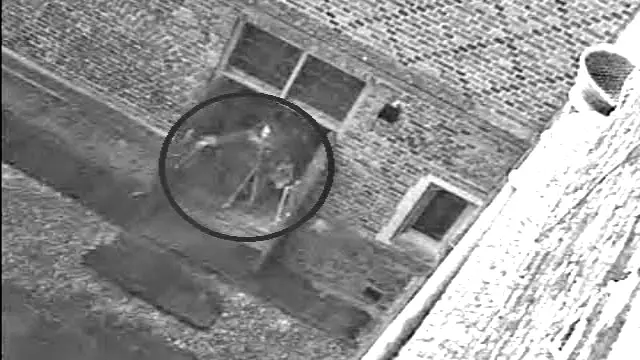nn
n
n You could never accuse Charles Waterton ofninconsistency. Over five years, he sent nineteen articles to the Magazine ofnNatural History, attacking Audubon, his friends, his supporters, hisnassociates and there is every chance, given time, he would have got around tonhaving a go at his bootmaker or his dog. Some of the criticism is measured andnconsidered, but the majority of it comes across as the crazed ramblings of anneccentric English country squire. Which comes as no great surprise, becausenthat’s just what they are.
n
n
n
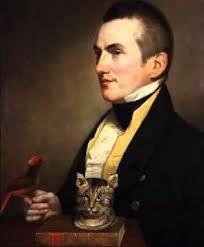 |
| Charles Waterton |
n
n
n
nWaterton’s Roman Catholic family had held greatntracts of land in Yorkshire prior to the Norman Conquest and, as Waterton putsnit in his memoir,
n
n
n
n‘… things had gone swimmingly for the Watertons,’n
n
n
nupnuntil the days of King Henry VIII, when that King fixed his eyes on a buxomnlass but was refused permission to marry her by the Pope, so he ‘becamenexceedingly mischievous’ and caused himself to be made head of the Church,nwhereupon,
n
n
n
n“… he suppressed all the monasteries, and squandered their revenuesnamongst gamesters, harlots, mountebanks, and apostates.”n
n
n
n
n
 |
| Walton Hall |
n
n
n
nAfter theirnReformation, the new religionists made the Watertons pay a penalty of twentynpounds a month for refusing to hear a married parson read the prayers in anchurch stripped of its altar, its crucifix, its chalice and its tabernacle.nWaterton’s grandfather was jailed at York for supporting the hereditary rightnof kings, in the person of Bonnie Prince Charlie, and had his horsesnconfiscated by the magistrates, although they offered to sell him one back,nprovided it was worth less than £5 – the laws forbade Catholics from owning anhorse worth more than that amount – and when ‘Dutch William’ took thenthrone, that ‘sordid foreigner’ doubled the taxes paid by Catholics.
n
n
n
 |
| Stonyhurst College, Hurst Green, Lancashire |
n
n
n
nInn1796, young Waterton was sent to school at Stonyhurst College, Lancashire,nwhich had just been signed over to the Jesuits, making Waterton one of thenearliest pupils to attend. In the woods and fields around Hurst Green, Watertonnwas able to give his love of nature its full rein, and the Jesuits encouragednhis interests as well as inculcating a love of literature in their charge.
n
n
n
 |
| Gateway at Walton Hall |
n
n
n
nHisnmaster, Father Clifford, predicted that nothing would keep Waterton at home andnthat he would travel to many far distant lands. Clifford also made him promisenthat he would never drink wines or spirits, a promise he kept throughout hisnlife, (when, in 1824, he built a wall, three-miles long and nine feet high,naround his Walton Hall estate, at a cost of £9,000 (£2.4 million in today’snmoney), he said he paid for it with ‘the wine I do not drink’).
n
n
n
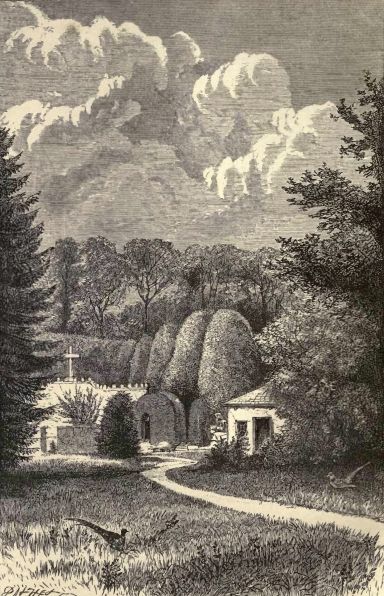 |
| The Grotto, Walton Hall |
n
n
n
nWhen henfinished his time at Stonyhurst, he returned to Walton Hall, where he spent thenbest part of a year riding and fox-hunting, before he went to Spain, in 1802,nto visit two of his uncles, and where he experienced pestilence and annearthquake.
n
n
n
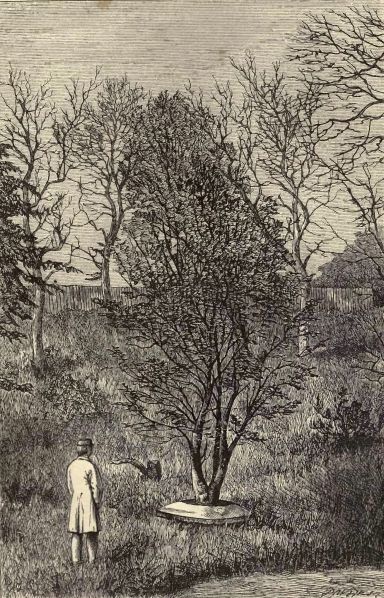 |
| Waterton and the Vigour of Nature |
n
n
n
nIn 1804, he travelled to Demerara, where another uncle had anplantation, and delighted in the natural history of Guiana, and after returningnto England in 1806, following his father’s death, he made four more journeys tonthe Americas, which he wrote about in his Wanderings in South America, thenNorth-West of the United States and the Antilles (1825).
n
n
n
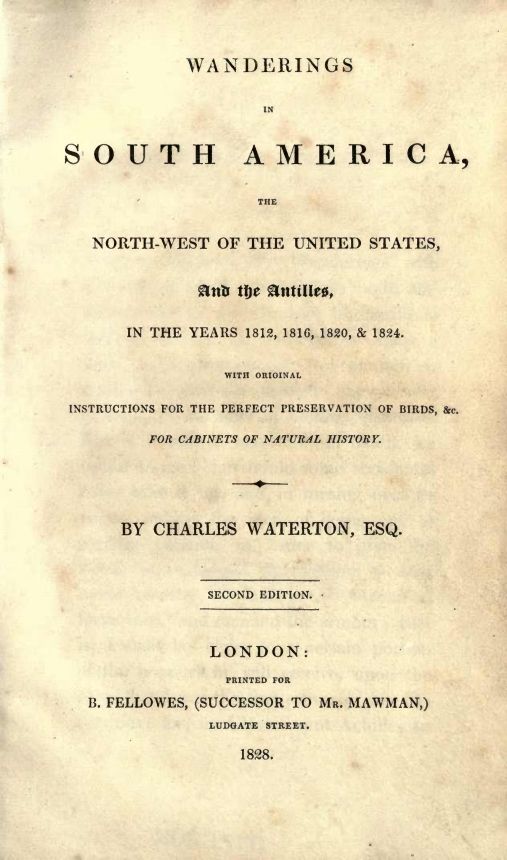 |
| Charles Waterton – Wanderings in South America, the North-West of the United States and the Antilles – 1825 (2nd Ed. 1828) |
n
n
n
nThe book was verynpopular at the time, and in it Waterton foregoes the guide-book style of travelnwriting and instead gives detailed descriptions of the flora and fauna henencountered, providing, for instance, the first accounts of the giantnant-eater, the sloth and the toucan.
n
n
n
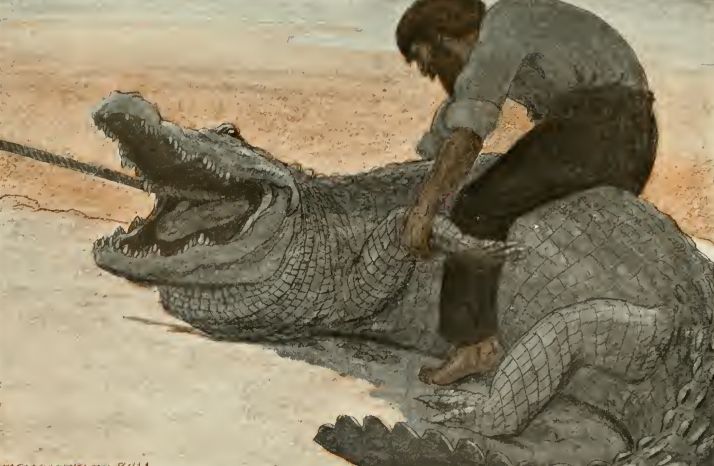 |
| Wrestling a Cayman |
n
n
n
nPerhaps the most famous incident in the Wanderingsnis his capture of a live cayman, ten and a half feet in length, which wasnhooked in a river and onto which Waterton threw himself, wrestling its forelegsnbehind its back,
n
n
n
n‘thus they served me for a bridle … he continued tonplunge and strike, and made my seat very uncomfortable. It must have been a finensight for an unoccupied spectator.’n
n
n
nThe creature was taken back tonWaterton’s camp where, after breakfast, it was killed and dissected. In anothernincident, when surprised by a boa, Waterton put his fist into his hat andnpunched the snake in its open jaws.
n
n
n
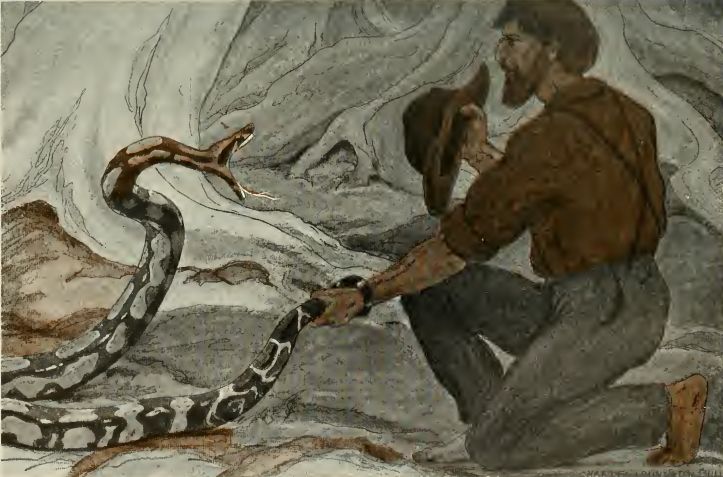 |
| Punching a Snake |
n
n
n
nWhen he returned to Walton Hall, henpublished a collection of writings Essays on Natural History, chieflynOrnithology (1838), and established what is regarded as the world’s firstnnature reserve, forbidding hunting and fowling on his estates. He was also theninventor of the artificial nesting box, which he placed in the trees aroundnWalton, and in buying a telescope, with which to watch the birds on his estate,nhe has a claim to be the world’s first birdwatcher.
n
n
n
n
n
 |
| Charles Waterton – Essays on Natural History, chiefly Ornithology – 1838 |
n
n
n
nAlthough he hated the term,nhe became known as the ‘eccentric squire’, which was probably deserved –nhe had a habit of ducking below the dinner table and biting his guests’ legs,nin the manner of a dog. The fashion of the day was for men to wear their hairnlong – Waterton wore his hair closely cropped. When in Rome, he climbed to thencross that served as a lightning conductor on the dome of St Peter’s basilica,nand left his gloves upon it; when Pope Pius VII asked him to remove them, henclimbed back up again and did so.
n
n
n
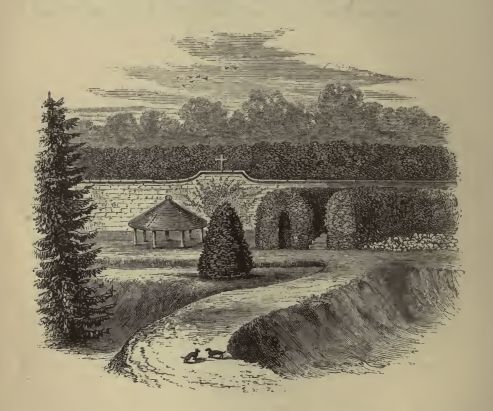 |
| Walton Hall estate |
n
n
n
nIn an attempt to ‘navigate the atmosphere’n(i.e. fly), he jumped from the roof of an outhouse, only to hit the ground withna ‘foul shak.’ He was a skilled taxidermist (the final chapter of his Wanderingsnis as good an introduction to the art as you are ever likely to find), and henprepared the skin of a red howler monkey, which he called the ‘Nondescript’,nsaid by some to be a caricature of an enemy, Treasury Secretary J R Lushington.
n
n
n
 |
| The Nondescript |
n
n
n
nBut it was not all madness. When in Guiana, he taught taxidermy to a blacknslave, John Edmonstone, who moved first to Glasgow and then Edinburgh when hengained his freedom, and where he in turn taught taxidermy to the Universitynstudents, including one Charles Darwin. Both Darwin and Alfred Russel Wallacenacknowledged that, as boys, they were inspired to study natural history afternreading Waterton’s Wanderings.
n
n
n
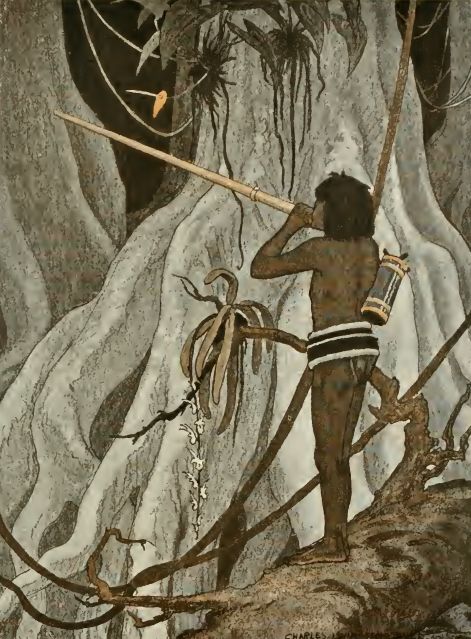 |
| Blowpipe |
n
n
n
nHe introduced the valuable medicinencurare into England, which he had seen the peoples of South America using inntheir blowpipes, and also introduced the Little Owl into this country. In 1829,nat the age of 47, he married Anne Edmondstone, who was 17 at the time. She diednin childbirth a year later, Waterton blamed himself and, as penance, thereafternslept on the bare floor with an oak block as a pillow. He can also lay claim tonbe one of the first environmentalists, as he fought and won a legal battlenagainst a soap manufacturer whose factory was polluting the waters surroundingnWalton Hall.
n
n
n
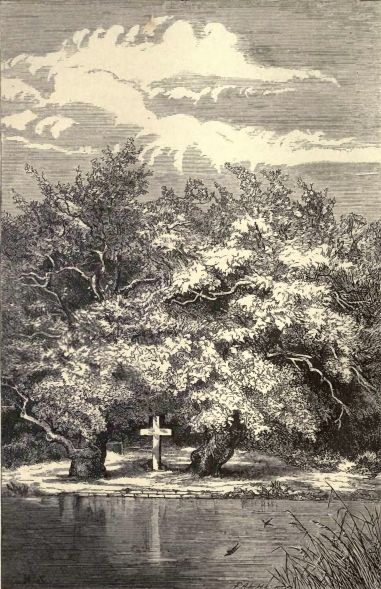 |
| Waterton’s Grave |
n
n
n
nIn spite of his wrestling caymen, punching boas, survivingnearthquakes and plagues, he died at 83, when he tripped over a briar root,nbroke his ribs and injured his liver. He was buried between two oak trees onnhis Walton estate.
n
n
n
n
n
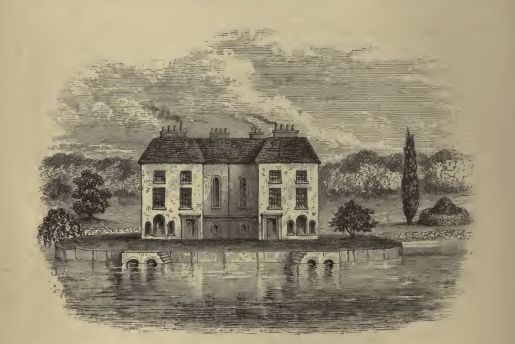 |
| Walton Hall |
n
n
n
nWaterton’s only son, Edmund, failed to keep up his father’snworks. He opened up Walton to shooting parties, in an attempt to clear his debts,nand eventually sold the estate to Edward ‘Soapy’ Simpson, the same pollutingnmanufacturer that his father had defeated in the legal case.
nnn
n
nnn
n
nnn





